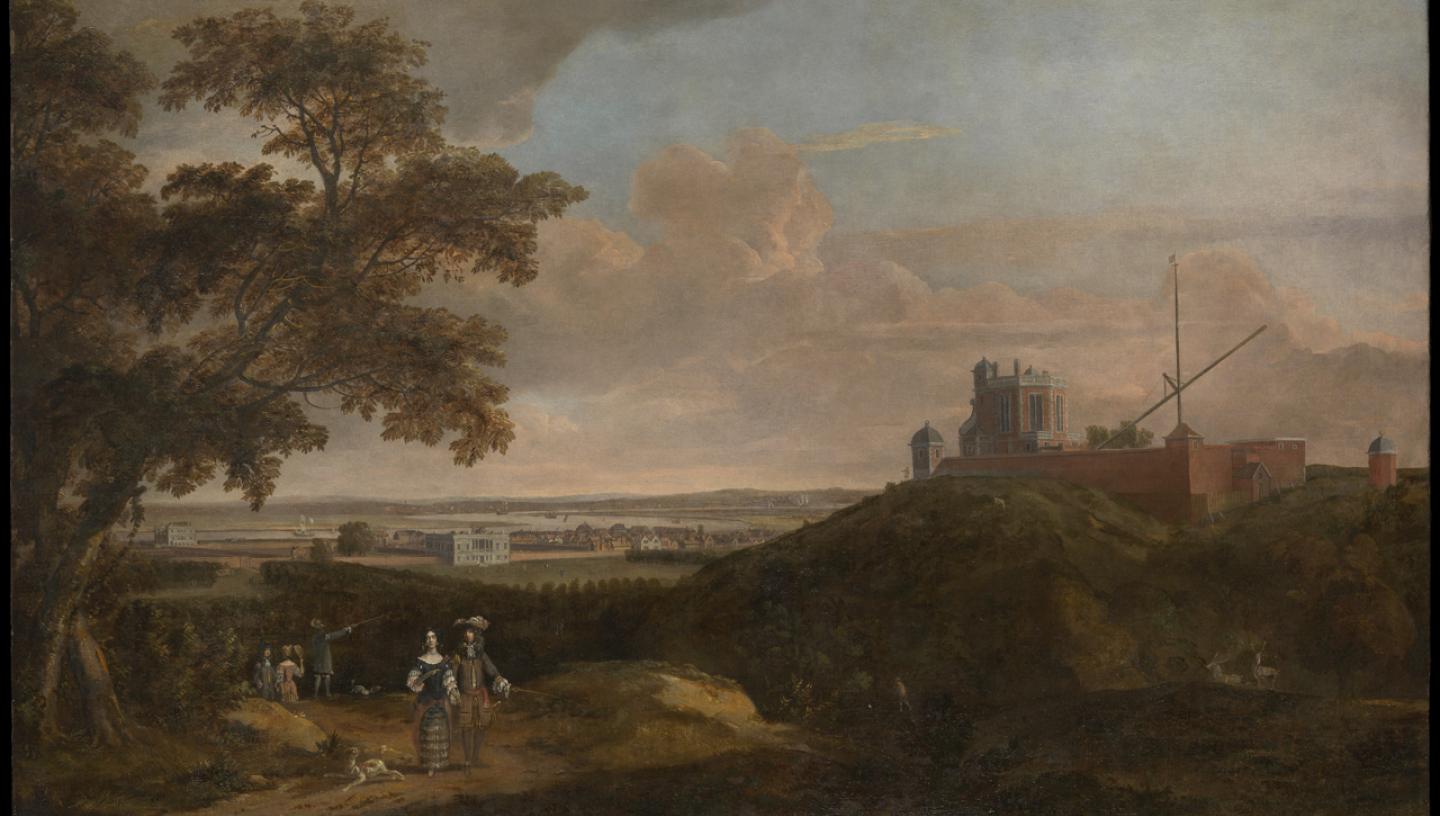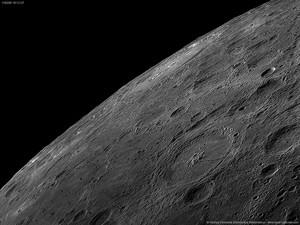
Essential Information
| Location |
Royal Observatory
|
|---|---|
01 Jun 2015
There’s lots to look out for in the night (and day) sky this month. Here’s our pick of what you can see without expensive equipment – just the naked eye or binoculars, plus a bit of luck with the weather.

1 June – look for Saturn close to the Moon in the constellation of Libra, visible all evening until 03.00. 2 June – see the Full Moon rise in the east at 20.45, eventually setting around 05.30 the following morning.
6 June – Venus will be at greatest ‘elongation’ east (at 45° angle to the Sun as seen from Earth), making it easier to see. Watch the hottest and brightest planet in our Solar System until it sets after 23.00.
9 June – last quarter moon will be visible in the morning, rising at 01.00 and setting around midday.
10 June – Ophiuchid meteor shower peaks – this is a very minor shower with a max rate of about 5 meteors per hour. You can see some Opiuchid meteors any night in June, with dark skies and a bit of luck.
20 June – look for the conjunction of Jupiter, Venus and the Moon in the western evening sky until 22.30.
21 June – the Summer Solstice – this is when the northern hemisphere is tilted towards the Sun and we receive the longest period of daylight, a full 16 hours. The actual moment of solstice occurs at 17.38 (BST) this year. Come and celebrate the solstice with us in our Summer Solstice Sun Day - including a chance to look at the Sun through our solar telescopes, plus workshops on solar astrophotography, a peek behind the scenes at our historic solar instruments in action and much more.
24 June – first quarter Moon – a good time to look at the craters close to the terminator (the line separating the lit and dark sections of the Moon).
25 June – Mercury will be at greatest elongation west, shining brightly in the dawn sky but not visible from London unfortunately.
29 June – catch Saturn in conjunction with the waxing gibbous Moon, and look for the pink/orange star Antares below the Moon.
30 June / 1 July – highlight of the month is the conjunction of Jupiter and Venus – the ‘king and queen of planets’ will be less than half a degree apart in the sky (though still about 750 million km apart in space). The two planets have been moving steadily closer together in the night sky and now seem nearly to touch. Don’t forget to share your pictures of the night sky and space with us on Twitter @ROGAstronomers or via Facebook. Looking for stargazing equipment? Kit yourself out for all your observing needs with our range of telescopes and binoculars, all recommended by Royal Observatory astronomers.
Space and observing events at the Royal Observatory
The Sky Tonight live planetarium show (shows daily) – come on a fantastic tour of what you can see for yourself in the night sky, presented by one of our astronomers. And there’s also beautiful photography of space to see in our Astronomy Photographer of the Year exhibition.